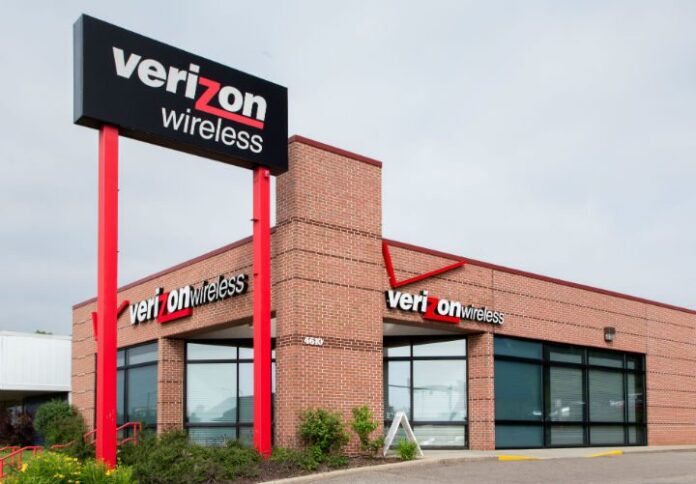Verizon Communications said that while it is content with its current spectrum position following the completion of the Federal Communications Commission’s recent Auction 97 proceedings, it remains open to spectrum acquisitions on the secondary markets or leasing deals with spectrum holders.
Speaking during a conference call, Verizon’s management noted that with the spectrum gained from its $10.4 billion in winning bids, the company has no plans to make any large spectrum acquisitions in the near term. However, the company did say it might look toward potential deals on the secondary markets, although its near-term focus was to make more efficient use of its current spectrum holdings.
(Verizon came out as the second- or third-biggest spender in Auction 97, depending on how Dish Network’s bids are viewed. Dish Network’s total potential winning bids exceeded $13 billion, but the licenses were run through a pair of designated entities, which dropped the actual price to less than $10 billion.)
Verizon Wireless currently uses its spectrum holdings in the 700 MHz, 1.7/2.1 GHz (AWS-1) bands to support its LTE network, while also beginning to re-farm spectrum in the 1.9 GHz band it currently uses to support legacy CDMA services for LTE capacity. The carrier’s CDMA network is also supported by spectrum in the 850 MHz bands.
The company said it now has an average of more than 40 megahertz of spectrum in the 1.7/2.1 GHz band in 92 of the country’s top 100 markets, and 116 megahertz of total spectrum nationwide. Those holdings include 48 megahertz in the 1.7/2.1 GHz band spread between AWS-1 and the newly acquired AWS-3 bands; 22 megahertz of spectrum in the 1.9 GHz band; 22 megahertz in the 700 MHz band; and 24 megahertz in the 850 MHz band.
A more efficient use of spectrum assets is being bolstered by the carrier’s recent rollout of voice over LTE services that will allow the carrier to transmit voice calls that have traditionally run over its CDMA network as data traffic on its LTE network. This move will eventually allow Verizon Wireless to shutter its legacy 2G and 3G operations and use those spectrum resources to support the more-efficient LTE network.
Verizon Wireless is also pushing forward with LTE-Advanced technology that includes potential efficiency gains by using carrier aggregation, multiple-input/multiple-output antenna technology and greater integration with small cell deployments.
The company also said it could deploy a pre-standard version of LTE-Unlicensed technology beginning in 2016 to bolster network densification efforts. The LTE-U standard has seen a rush of support from mobile operators and vendors looking to tap into the hundreds of megahertz of spectrum currently set aside for unlicensed use in the 5 GHz and 3.5 GHz bands.
Outside of its own spectrum holdings, Verizon did note it would consider leasing spectrum resources from other operators, including Sprint’s vast 2.5 GHz spectrum holdings. Rumors have also persisted that Verizon could strike a deal with Dish Network, which acquired a substantial chunk of spectrum in Auction 97.
Bored? Why not follow me on Twitter i>

